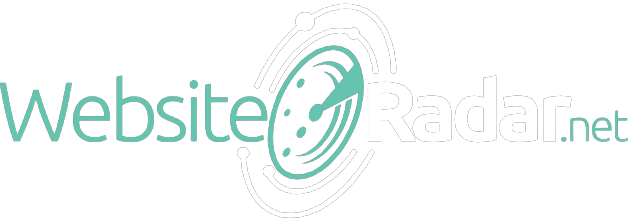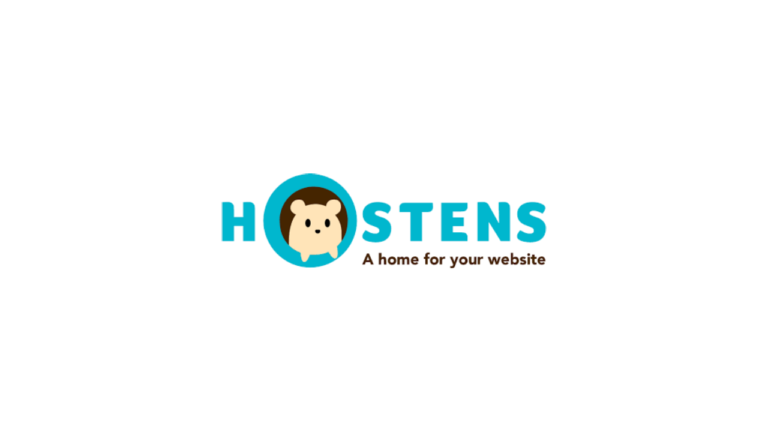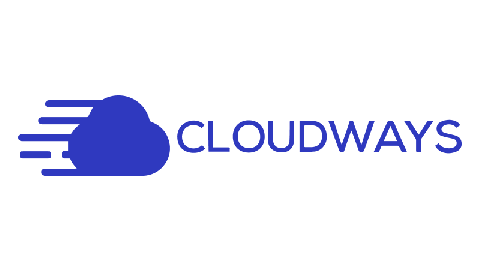Our website contains links to partner sites. If you click from our site to the partner's site and purchase their services there, we will receive a commission for mediation (Find out more information). This form of cooperation does not affect the objectivity of our reviews. With each purchase made through links from our site, you support our editorial office so that we can create quality and useful content in the future. Thank you.
Important notice All our articles are written by real people. They are not artificial texts from a machine.
The Biggest Cloud Computing Trends

Briefly put, cloud computing allows businesses to access computer services over the internet without having to acquire or build up their own local equipment. Storage arrays and analytics, programming interfaces, and enterprise software such as human resources (HR) and enterprise resource planning (ERP) systems are examples of common commercial cloud services.
Cloud collaboration services and teleconference solutions, for example, have grown in popularity among corporations and companies as more enterprises adopt mobile and hybrid working patterns.
Dynamics of cloud computing
Cloud computing dynamics show how new technology is altering how firms function and spend their IT expenditures. Notably, public cloud customers (who share computational resources) are no longer required to gain and maintain hardware and other equipment, as well as handle IT updates and software patches – that burden now rests on their cloud suppliers. This allows organizations and their IT professionals to concentrate on essential business objectives such as creativity, new service offerings, or products, and employing fresh talent.
Gartner predicts that global expenditure on infrastructure cloud services would reach $397.5 billion in 2022, up 47 percent from 2020.
7 emerging trends of cloud computing
Cloud computing is increasingly seen as a critical component for firms seeking to work intelligently, focusing on how they do it best, and accomplish projects more quickly.
The use scenarios for cloud computing are essentially unlimited, ranging from shipping companies trying to simplify their shipping processes to retail bank CIOs pushing the creation of new internet banking apps.
The 7 trends outlined below, are defining the future of cloud computing.
1. SaaS
Software-as-a-service (SaaS) programs distribute software to consumers through the internet through a browser. The manufacturer maintains the hardware, software, privacy, and architecture, while customers often have some freedom to customize the program to their own requirements. These apps are frequently multidisciplinary in the business setting. For example, customer service management software for sales, service, and advertising, and HR software for human resources.
2. Multicloud
Based on their demands, some firms prefer to divide internal computer processing and memory requirements over numerous cloud platforms and devices, typically from different providers. It is typical for businesses to select several cloud service providers for distinct services, such as ERP, cybersecurity, and commercial technologies.
3. Hybrid Cloud
Many organizations choose a hybrid cloud approach, which integrates cloud computing services with the establishment of a private cloud devoted to a particular organization.
This is particularly true for firms that gather important documents or compete in key sectors such as insurance, where data privacy is critical.
The worldwide cloud based market is anticipated to be valued $145 billion in 2026, up from $51 billion in 2020.
4. AI and Machine learning
Cloud-based artificial intelligence (AI) technologies, such as machine learning, assist organisations in extracting more value from the ever-increasing amounts of data they gather. AI algorithms enable organisations to discover new data-driven insights and enhance their role, from logistics companies examining the effectiveness of their transportation systems to ecommerce retailers checking the operation of their websites instantaneously.
Because new processing techniques necessitate the use of both CPUs and GPUs, cloud companies are increasingly providing virtual machines featuring highly powerful GPUs. Furthermore, machine learning processes have now been automated through the use of services such as batch processing, serverless computing, and docker management. IaaS also aids in the management of predictive analytics.
5. Automation
Cloud automation allows IT organisations and programmers to dynamically establish, alter, and decommission cloud resources. One of the key promises of cloud technology was the ability to employ services on demand, whenever they were required.
Cloud automation is not incorporated into cloud; instead, it necessitates knowledge and the usage of specialised technologies.
One can use cloud automation features and resources provided by a public cloud provider (such as AWS or Azure), automation tools built into your personal cloud platform (such as OpenStack or Cloud Foundry), or third-party cloud technologies that can do cloud automation (such as Puppet, Chef, Kubernetes, or Cloudify).
6. Security and Compliance
Compliance has now become a problem for businesses as they gather more data from an increasing variety of sources and authorities adopt data protection requirements like the General Data Protection Regulation (GDPR) and the California Consumer Privacy Act (CCPA). Cloud storage and apps increase accessibility to company data, giving businesses more flexibility on how the info is maintained.
IT security risks are increasing. In 2020, the number of worldwide ransomware assaults, in which thieves steal an user ’s information and hold it captive until a ransom is paid, increased about fivefold. Leading cloud suppliers back up their products with finest IT security policies, significantly reducing any risks.
7. App development and Advancements
Apps provide enterprises with a specialized, cloud-based environment in which to develop, test, and launch new apps. This enables developers to concentrate on the intricacies of their apps, while IT teams concentrate on deploying and monitoring products as they are produced, making the entire process simpler and more profitable.
A cloud based desktop, also called as desktop-as-a-service, is a cloud-based service that sends the whole desktop operating software component applications directly to a laptop, desktop, or other device.









